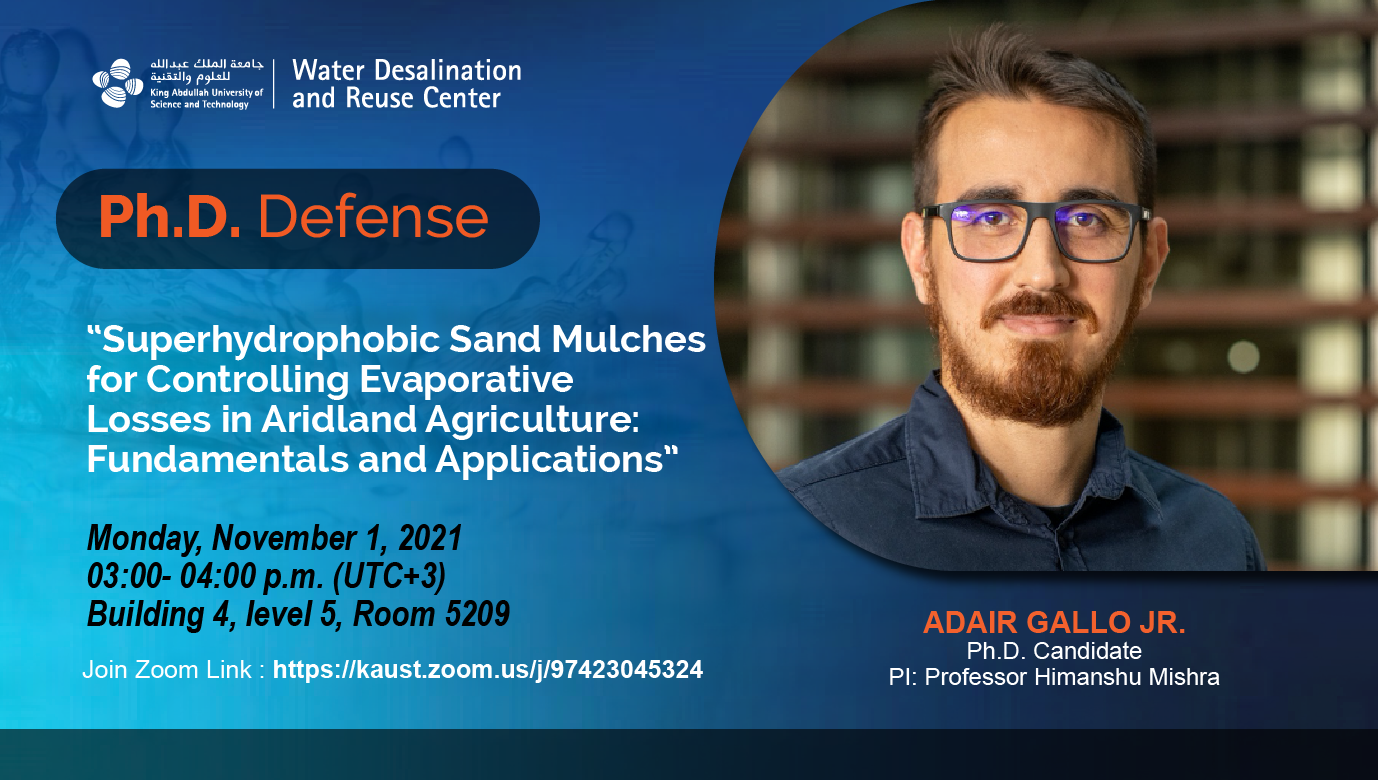



Modern agriculture, the basis of our civilization, provides sustenance for over 7.9 billion people. However, considering the increasing global population and rising living standards, our food production must to grow by ~50% by 2050. Further constraints of limited arable land, freshwater resources, and the threatening effects of climate change, put our food security at risk and call for multifaceted technological intervention. Currently, irrigated agriculture, while only accounting for 20% of cultivated land, contributes 33%-40% of the total food production. Therefore, irrigated agriculture in arid and semi-arid lands can help us address this complex food–water–climate challenge. However, aridlands are characterized by low precipitation, immense evapotranspiration losses, which is often compensated unsustainably by colossal amounts of freshwater. Evaporation from the topsoil in aridlands remains inadequately tackled. For instance, while plastic mulches have been demonstrated to restrict evaporation, their cost, fragility, lack of reuse, and eventual disposal in landfills limit widespread acceptance. In response, we have conceptualized, developed, and field-tested superhydrophobic sand (SHS), a bio-inspired enhancement of common sand with a nanoscale coating of wax. When a 5-10 mm mulch of SHS is applied on top of subsurface-irrigated soil, the evaporation is dramatically reduced; higher soil moisture boosts plant health, biomass, and yields. Our multi-year field trials of SHS application on tomato (Solanum lycopersicum), barley (Hordeum vulgare), and wheat (Triticum aestivum) crops have consistently demonstrated significant enhancement in grain yields ranging from 17%–73%. In this thesis, we present our translational surface science research spanning materials development and characterization, mass transfer studies and mathematical modeling, and greenhouse and field experiments. To gain insights into the mulching capacity of water-repellent granular media such as SHS, we present an encompassing novel modeling approach based on particle–particle and liquid–particle forces to accurately capture the fate of evaporating liquid marbles. Then, we explain the origins of SHS superhydrophobicity and provide mechanistic insights into SHS mulching action. Subsequently, we present the data from the field trials to demonstrate how SHS shifts the water balance towards higher crop yields. We close the thesis with SHS lifecycle analysis and environmental impact and practicality considerations.